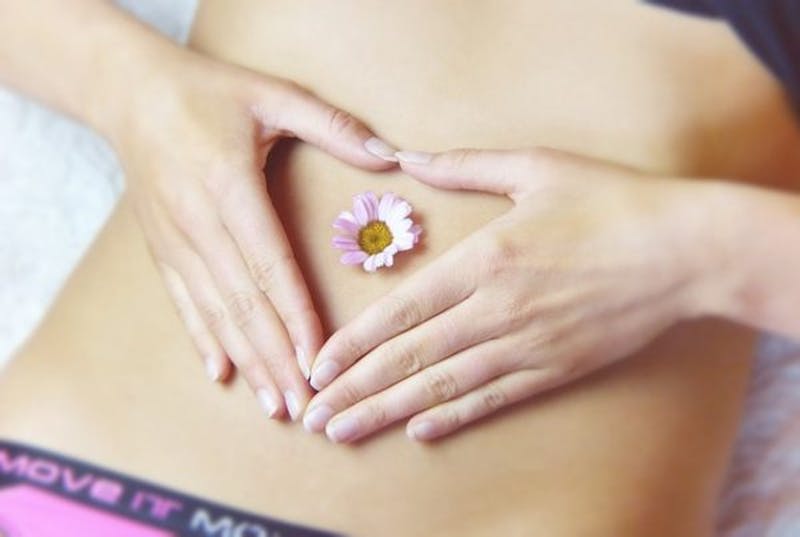
80% of patients who believe they have interstitial cystitis actually have something known as “pelvic floor dysfunction.” That’s right. Pelvic. Floor. Dysfunction. No, your uterus is not falling. No, you are not too young to have this? NO!! Kegels won’t help!!
Likely one of the most misunderstood entities known to man. Or should I say woman.
Most people become highly distracted by the diagnosis. Just because of nomenclature. I get it. It’s an intimidating diagnosis. But, as with most things, the more you understand about it, the less scary it becomes.
First off what causes pelvic floor dysfunction?
Great question. This is like, “what came first, the chicken or the egg?” It often occurs in conjunction with many other diagnoses such as interstitial cystitis, vulvodynia or vestibulodynia, or endometriosis. Often times with pelvic floor dysfunction there are areas of the muscle, known as trigger points or tender points. A couple of points of clarification to begin:
1. There is a difference between tender points and trigger points. Yes, yes there is. Tender points area of musculature that is tender when palpated or touched. Trigger points are areas of musculature which elicit a “twitch response.” Meaning that as practitioners we feel the muscle spasm, or twitch, when touched and pressure is placed. So why does one care about this difference? Ultimately, when looking at the data on therapeutic options for pelvic floor dysfunction, trigger point injections have found to be useful for patients with specifically “trigger points” or bands of muscles that elicit a twitch response. In general, physical therapy is considered part and parcel of therapy.
2. You can have lower urinary tract symptoms such as urinary frequency, urgency, and waking up at night to urinate with pelvic floor dysfunction. Why? Think about the mechanism that is occurring. The bladder contracts and normally the pelvic floor should relax, so one can completely empty. With hypertonic pelvic floor musculature, this mechanism is disrupted. The bladder contracts and the pelvic floor instead of relaxing actually tightens. This may cause a small amount of urine to be left in the bladder. The cycle continues leading to a sensation of incomplete emptying, persistent urgency and frequency (rinse and repeat.)
3. Some women can also experience painful sex. That’s right. Get uncomfortable. Although why should you? There’s nothing taboo about talking sex. Especially if its uncomfortable. Often sign, painful sex can be sign that the pelvic floor muscles are spasming or inflamed. (More on this later!)
4. Constipation. Yes, bowel movements can be closely intertwined with pelvic floor dysfunction. Patients may often have constipation as a presenting symptom. Ultimately, with constipation one can push or strain in an attempt to defecate and this behavior can actually increase the hypertonicity of pelvic floor musculature. Phew! Say that three times fast.
Understanding how pelvic floor issues can play a role both with urinary symptoms, bowel issues, and sexual dysfunction, is paramount in understanding its effect on lifestyle. There are many different treatment modalities that are discussed in the literature ranging from medical management (including muscle relaxers, in various forms both oral and suppositories) to nerve blocks and injections (including trigger point injections and acupuncture) to physical therapy ( in my opinion a very important aspect of treatment). I will go into more detail about this in future posts.
What I’d like you to take home today is that :
a. Pelvic floor dysfunction is more common than you think.
b. It can effect both men and women ( yes, it does not discriminate).
c. You can experience bladder based symptoms secondary to pelvic floor issues (i.e. don’t just blame the bladder)
d. Some can experience painful sex secondary to pelvic floor dysfunction (let’s delve into this some more in future posts. It deserves its own post!)
Want to learn more?! Shoot me an email, follow me on Instagram or Facebook and let’s break the stigma together!!

